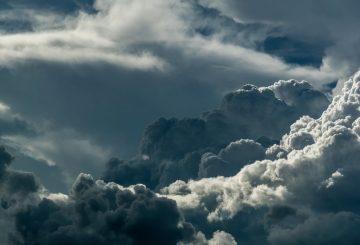ドバイで開催されたCOP28気候サミットでは、「気候モビリティ」、つまり気候変動による人々やコミュニティの移動が話題になっています。気候変動によって避難を余儀なくされた人々のニーズと権利に焦点を当てたセッションが約25回開催されています。
サミットの初日に、気候変動の影響を受ける脆弱な国々を支援するための「損失と被害」基金について合意に達しました。しかし、この基金がパリ協定の目標に向けた進捗状況に関する報告書「グローバル・ストックテイク」とどのように連携するのかはまだ不明です。
気候変動に関するモビリティの問題は、国連気候変動枠組条約(UNFCCC)の中で取り組むことが困難でした。気候変動の脅威にさらされている国の市民をどのように保護するかについては、コンセンサスが得られていません。また、気候変動の影響を受ける人々を含むように「難民」の定義を変えようという政治的意思もほとんどない。
ファレピリ連合として知られるオーストラリアとツバルの間の最近の合意は、気候変動の影響を受けるツバル市民がオーストラリア市民権を取得するための道筋を提示している。しかし、この協定により、ツバルは他国との安全保障および防衛関連の取り決めについてオーストラリアと合意することが義務付けられており、ツバルの国家主権に対する懸念が高まっています。
批評家は、ファレピリ連合はツバルよりもオーストラリアにとって有益であると主張している。また、ツバル市民は協定について相談を受けていなかったとも指摘している。
調査によると、気候変動の影響を受けるコミュニティには、尊厳をもって母国に留まる選択肢が必要であることが示されています。太平洋地域では、その地位を維持するための効果的な戦略がすでに実施されています。例えば、サモアのコミュニティは、物理的リスクと文化的被害の両方を最小限に抑える気候変動への適応方法を見出している。
COP28サミットでは、脆弱な国々の主権を守り、気候正義を優先させることに焦点を当てる必要がある。気候変動の原因にほとんど貢献していない小島嶼国や太平洋諸国の人々は、その影響をいち早く感じている。実際に適応するための選択肢を含め、人々が自ら適応策の将来を決定する権利については、COP28で取り上げられる可能性がある。





























































